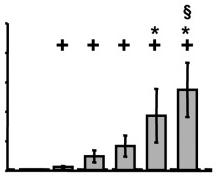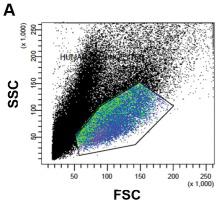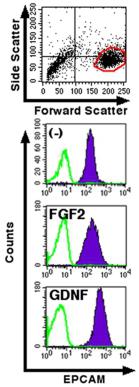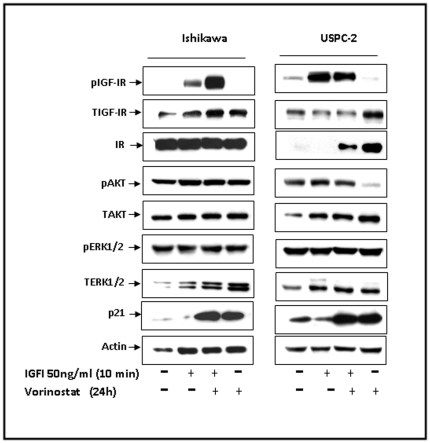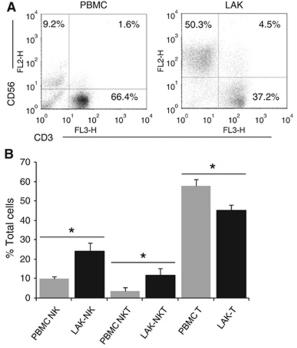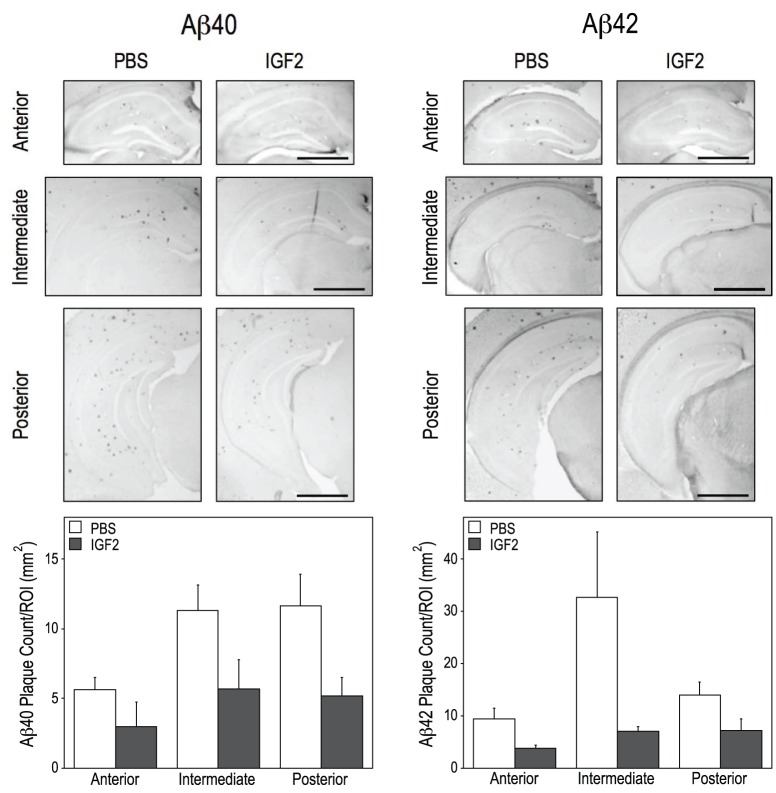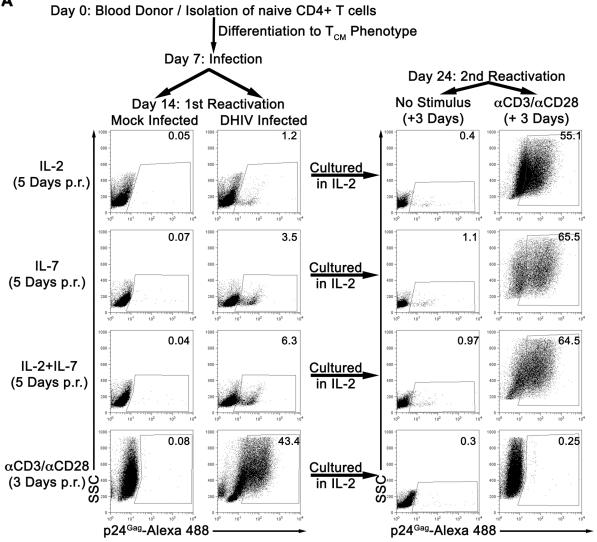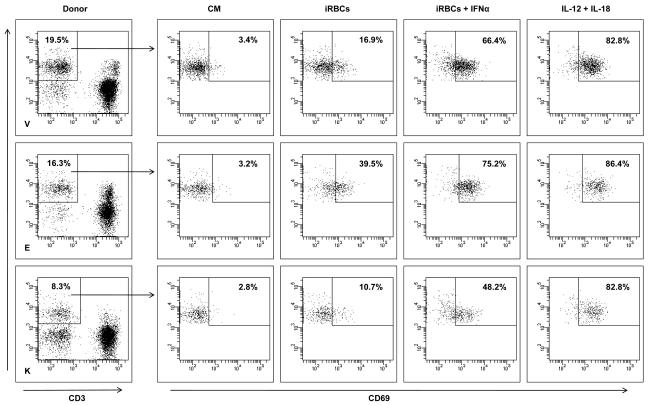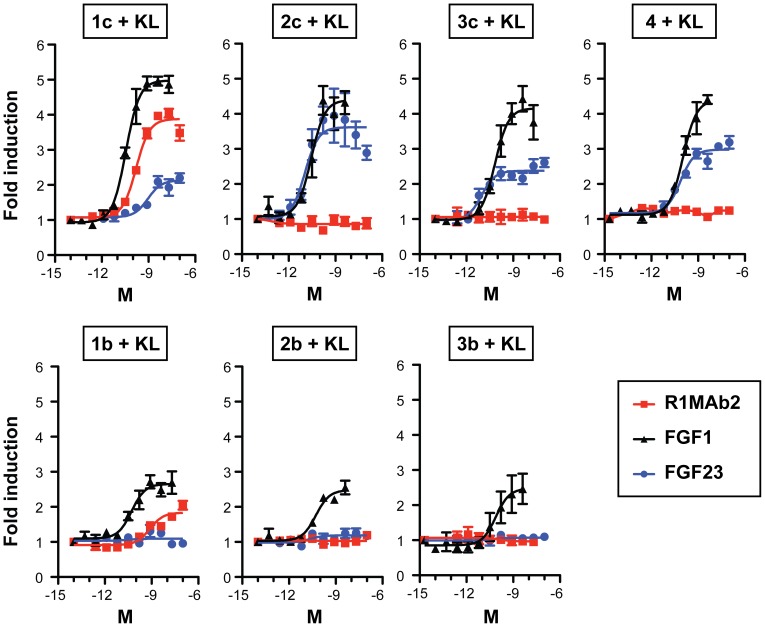Human Interleukin-33 Recombinant
Categories: Interleukin-1 familyRecombinant Human Cytokines$70.00 – $4,700.00
Description
Accession
O95760
Source
Optimized DNA sequence encoding Human Interleukin-33 mature chain was expressed in Escherichia Coli.
Molecular weight
Nativehuman Interleukin-33, generated by the proteolytic removal of the signal peptide and propeptide, the molecule has a calculated molecular mass of approximately 18kDa. Recombinant Interleukin-33 is a monomer protein consisting of 159 amino acid residue subunits,and migrates as an approximately 18kDa protein under non-reducing and reducing conditions in SDS-PAGE.
Purity
>95%, as determined by SDS-PAGE and HPLC
Biological Activity
The ED(50) was determined by the dose-dependent proliferation ofmurine D10S cells is ≤.03 ng/ml.
Protein Sequence
MKPKMKYSTN KISTAKWKNT ASKALCFKLG KSQQKAKEVC PMYFMKLRSG LMIKKEACYF RRETTKRPSL KTGRKHKRHL VLAACQQQST VECFAFGISG VQKYTRALHD SSITGISPIT EYLASLSTYN DQSITFALED ESYEIYVEDL KKDEKKDKVL LSYYESQHPS NESGDGVDGK MLMVTLSPTK DFWLHANNKE HSVELHKCEK PLPDQAFFVL HNMHSNCVSF ECKTDPGVFI GVKDNHLALI KVDSSENLCT ENILFKLSET
Endotoxin
Endotoxin content was assayed using a LAL gel clot method. Endotoxin level was found to be less than 0.1 ng/µg(1EU/µg).
Presentation
Recombinant Interleukin-33 was lyophilized from0.2 μm filtered1mg/ml in PBS buffer.
Reconstitution
A quick spin of the vial followed by reconstitution in distilled water to a concentration not less than 0.1 mg/mL. This solution can then be diluted into other buffers.
Storage
The lyophilized protein is stable for at least years from date of receipt at -20° C. Upon reconstitution, this cytokine can be stored in working aliquots at2° -8° C for one month, or at -20° C for six months, with a carrier protein without detectable loss of activity. Avoid repeated freeze/thaw cycles.
Usage
This cytokine product is for research purposes only.It may not be used for therapeutics or diagnostic purposes.
Interactor
Molecular function
Methods
Influence of TNF-α on IL-33 mRNA and protein expression in RA-SFs and cellular localization of IL-33 in TNF-α stimulated RA-SFs.
- The mRNA expression of IL-33 was analyzed by RT-PCR, the protein expression by ELISA.
Cell sorting yields a purified ILCs that produces Th2-, Th17- and Th1-related cytokines.
- Representative flow diagram of the strategy used for cell sorting of cKit+ ILCs Sorted cKit+ ILCs (n = 5) cultured with media alone (closed circles-Unst) or with a cytokine cocktail consisting of rhIL-2, IL-7, IL-25 and IL-33 (open circles-Stim) for 3 days.


